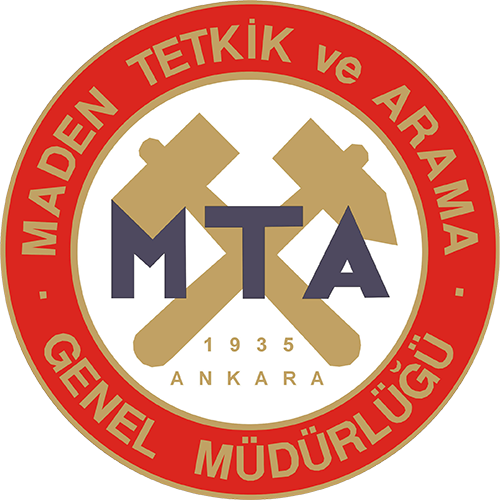Geological, mineralogical-petrographical and fluid inclusion characteristics of the Çatalçam (Soma-Manisa) Au-Pb-Zn-Cu mineralization
Çatalçam (Soma-Manisa) Au-Pb-Zn-Cu cevherleşmesinin jeolojik, mineralojikpetrografik ve sıvı kapanım özellikleri
Indexed In
Volume 167 / 2022
Authors
Ramazan SARI, Şahset KÜÇÜKEFE , Gülcan BOZKAYA , Ömer BOZKAYA , Fatih BADEMLER, Zehra DEVECİ ARAL , Elif Dilek BAYRAKÇIOĞLU, Cahit DÖNMEZ , Serkan ÖZKÜMÜŞ
Keywords
Northwestern Anatolia, Lower Miocene Magmatism, Porphyry- Epithermal Au-Cu Mineralization, Fluid Inclusion.
Abstract
The study area is located in the southeastern Biga Peninsula. As result of field, drilling and laboratory studies, diorite porphyry intruded to Lower Miocene and older units and contained Au, Pb, Zn and Cu anomalies, has been determined. Intersected potassic, propylitic, phyllic and argillic alteration zones were developed in the pluton and host rock. Veins-veinlets developed in the pluton and host rock, contain native gold, silver, pyrite, chalcopyrite, sphalerite and galena. They are composed of undulated quartz in the deeper levels, and massive quartz, calcite/dolomite and barite in the middle and upper levels. According to the fluid inclusion data from sphalerite, quartz and barite,temperature of ore-bearing fluids are in three groups (argillic:150-220°C, phyllic:250-350°C, potassic:>400°C). Fluid inclusions, including solid phases such as hematite, chalcopyrite and salt as well as liquid and gas phases, indicate that Çatalçam Au-Cu mineralization is intrusion-related system. Fluid inclusion data display temperature and salinity of the ore-bearing fluids in the early stage (porphyry) are high, whereas relatively lower in the late stage (epithermal). In conclusion, Çatalçam mineralization was developed in two different phases as porphyry Au-Cu and epithermal Zn-Pb-Cu-Au, which is the first porphyry gold deposit related to Miocene magmatic-hydrothermalsystem in the Biga porphyry belt.
https://doi.org/10.19111/bulletinofmre.930094
Click for .pdf
Türkçe .pdf için tıklayınız

